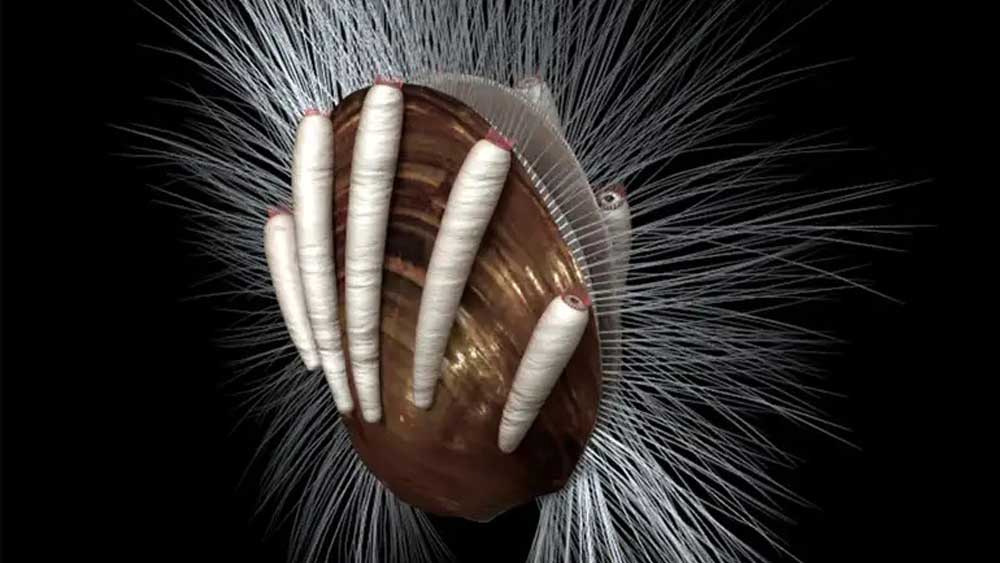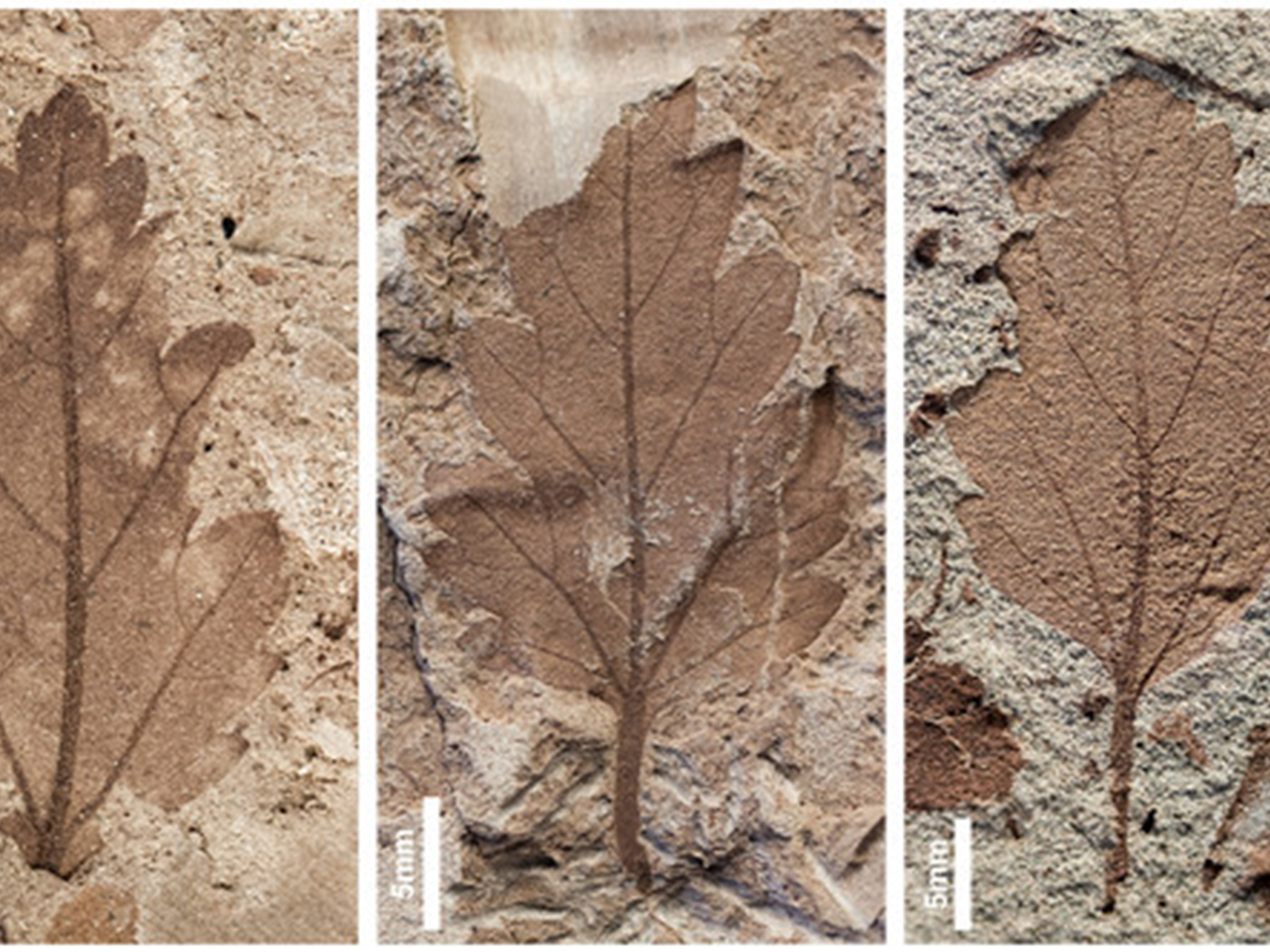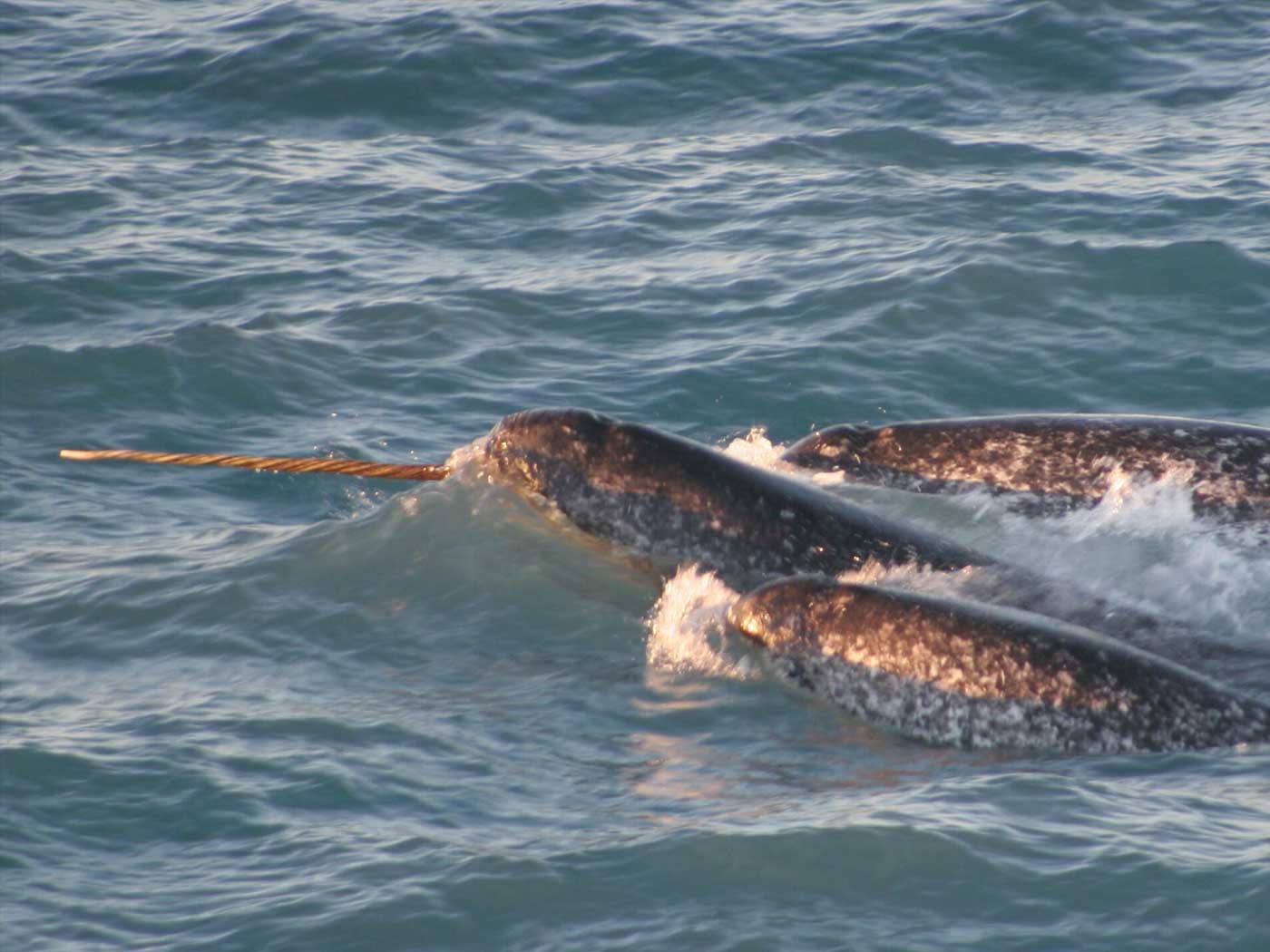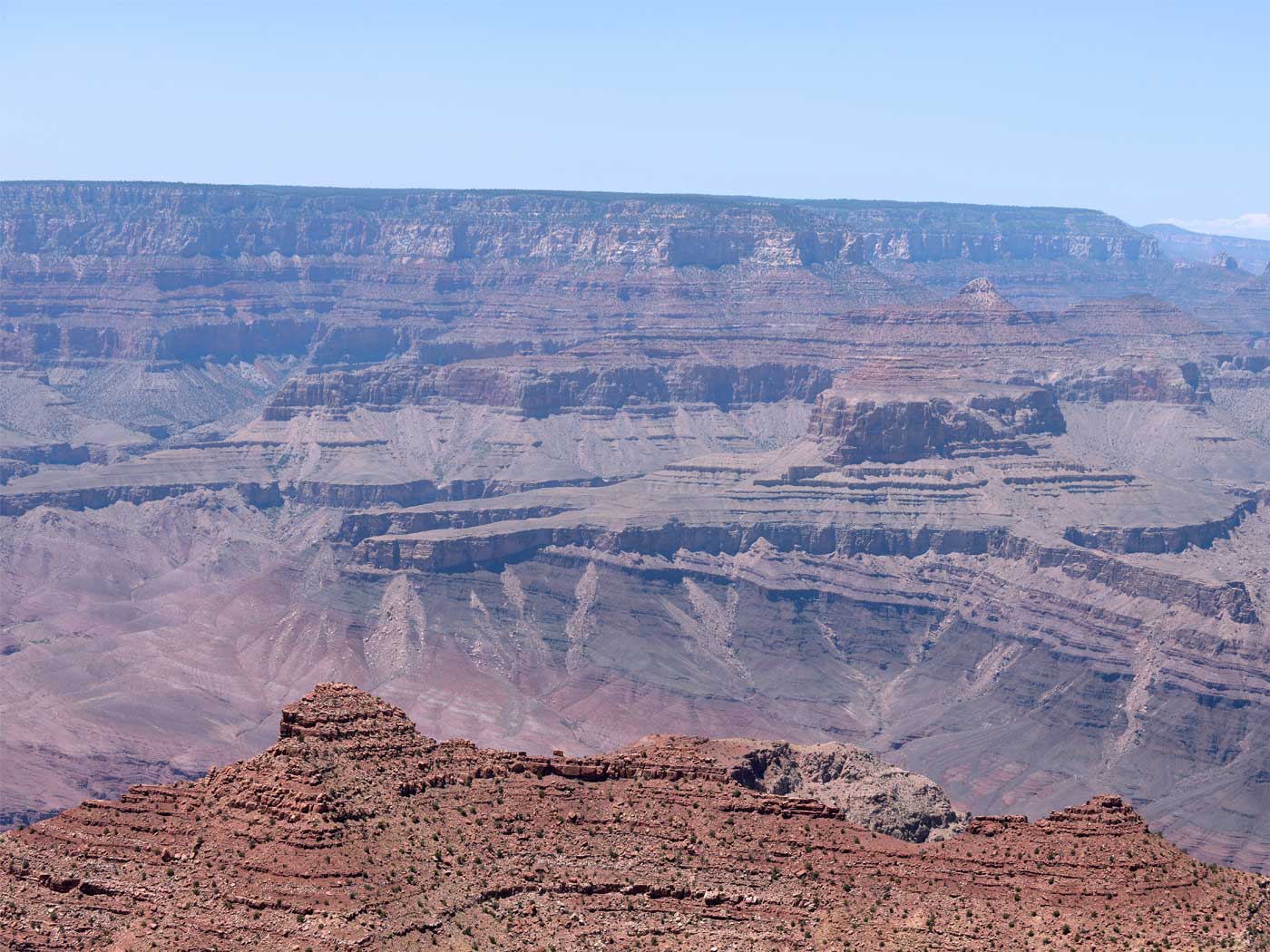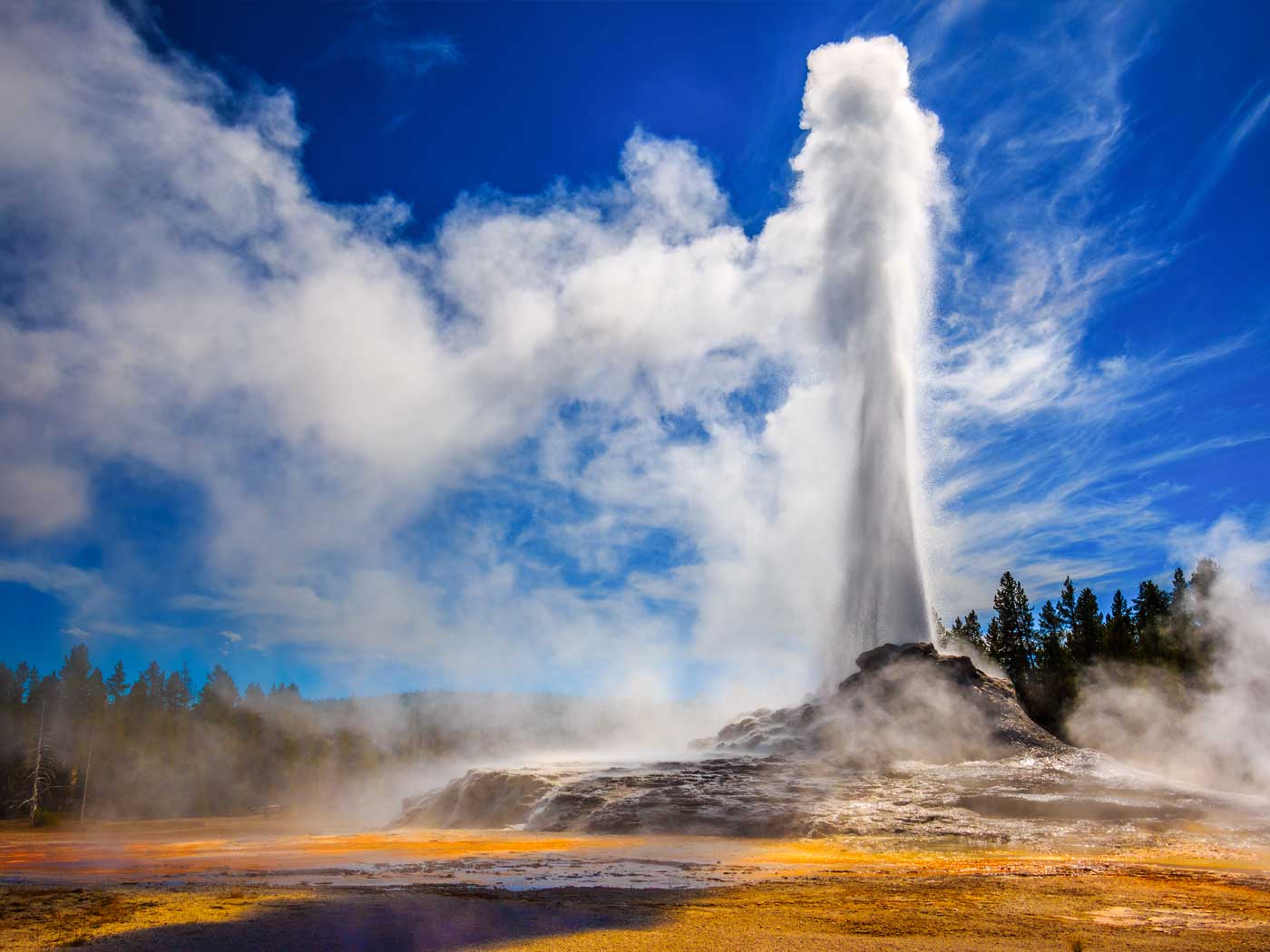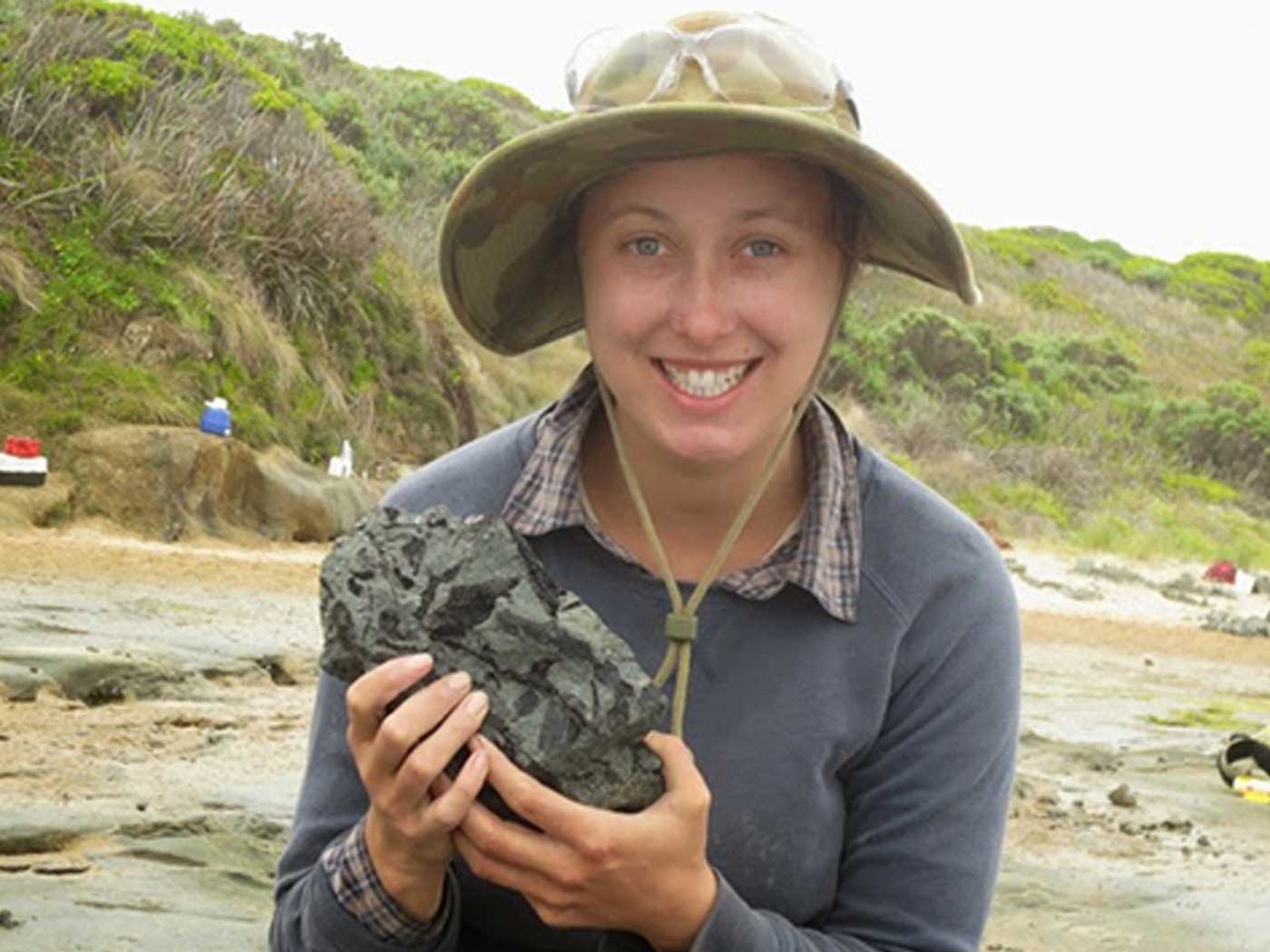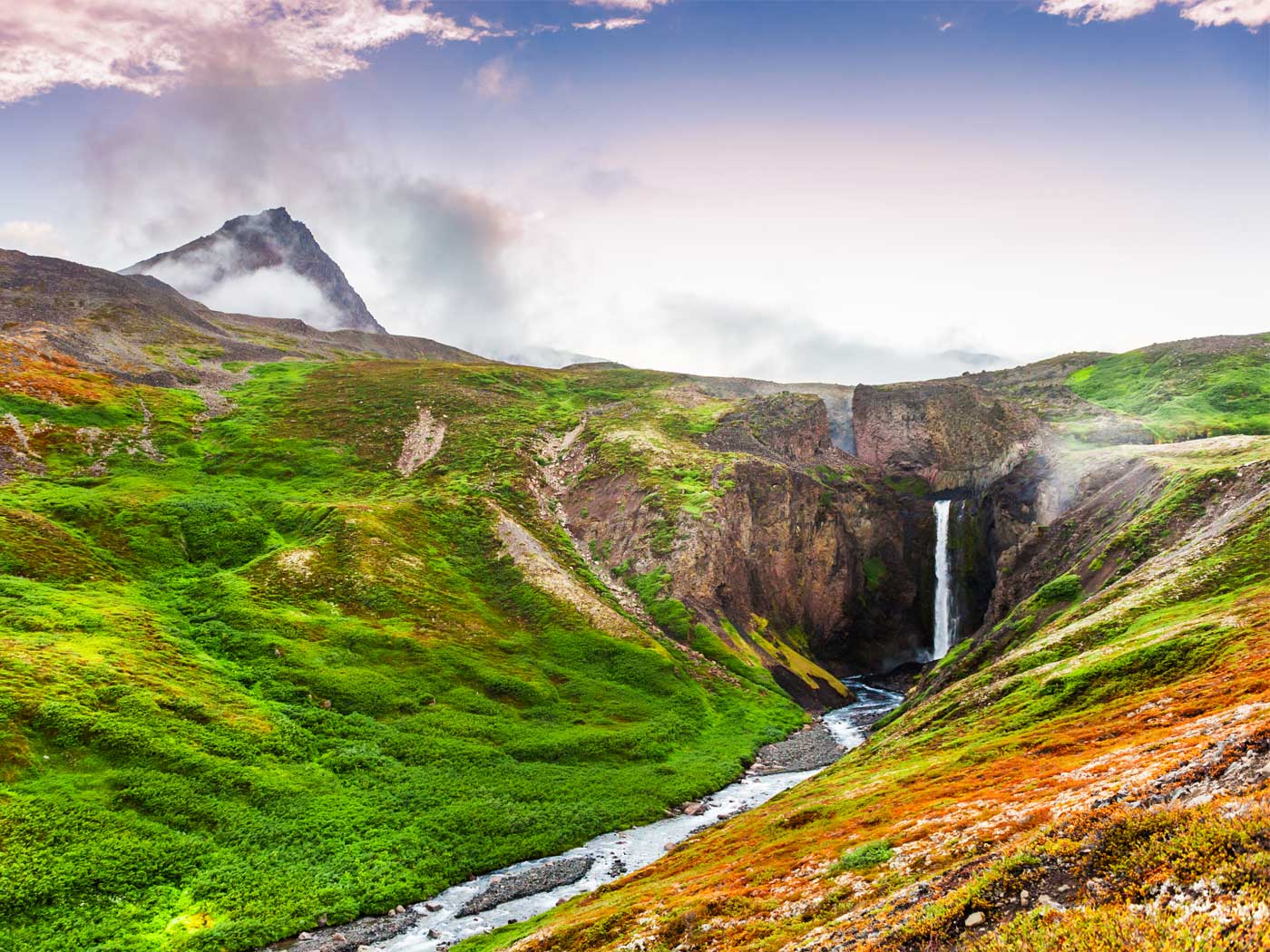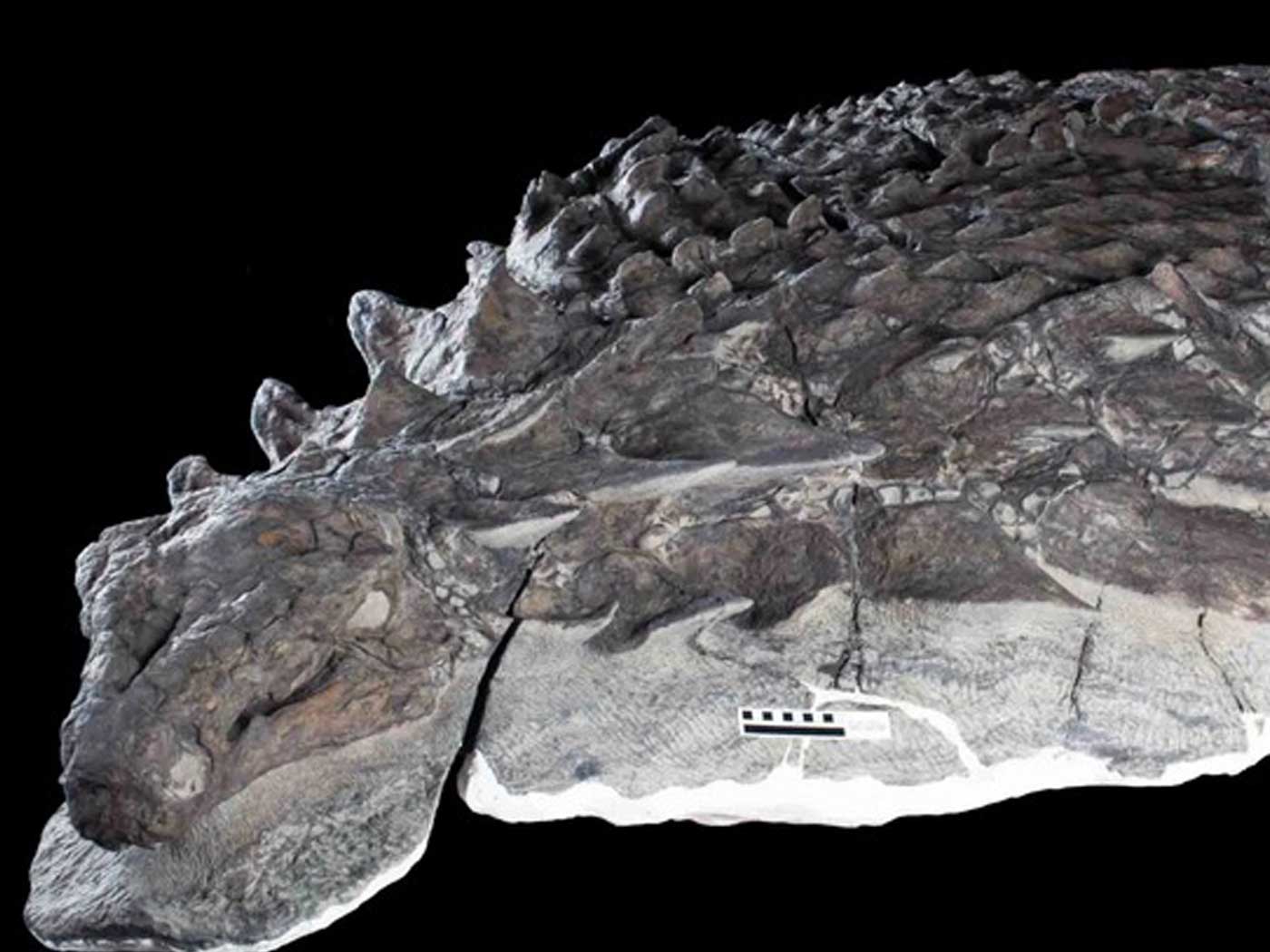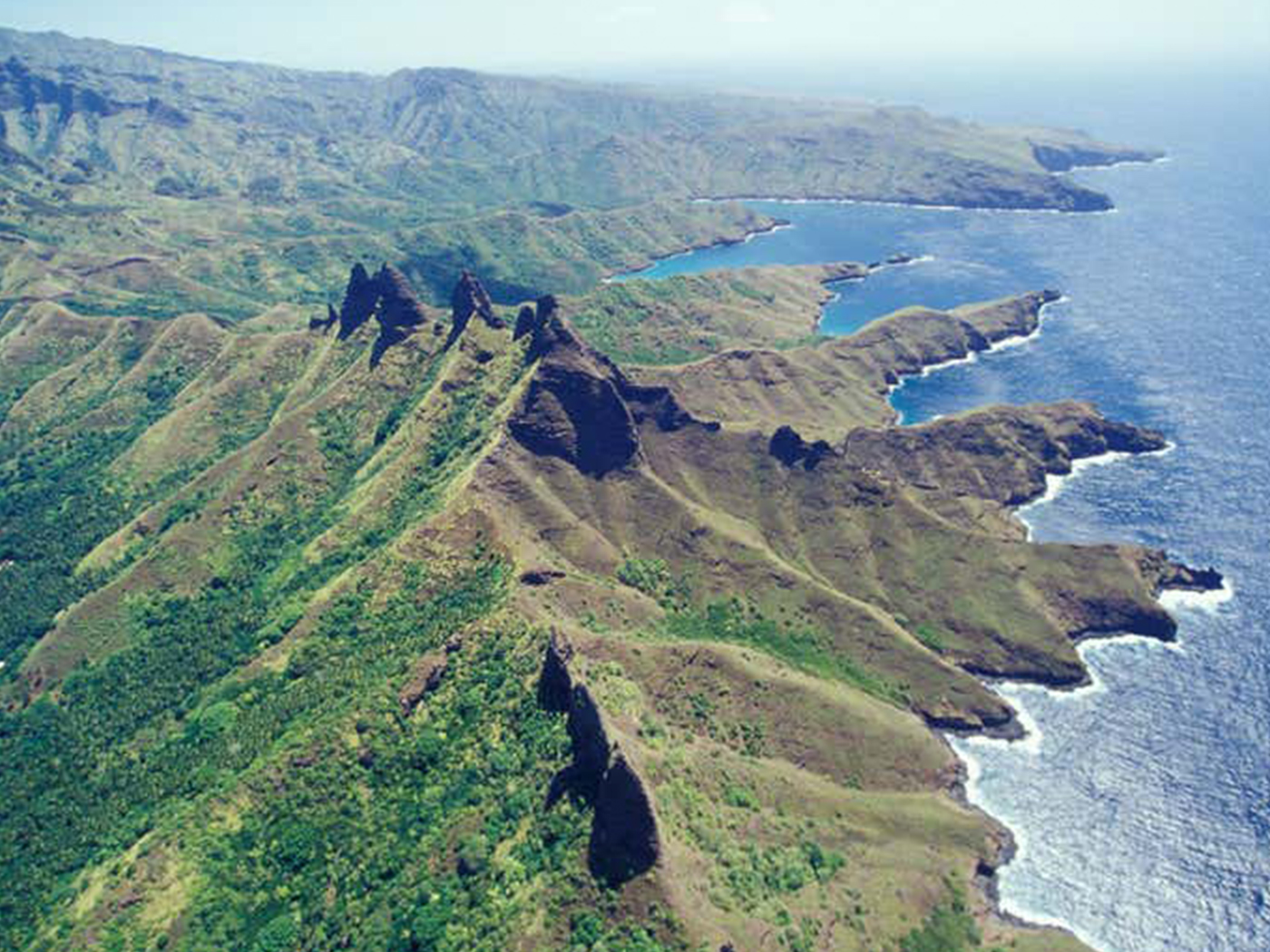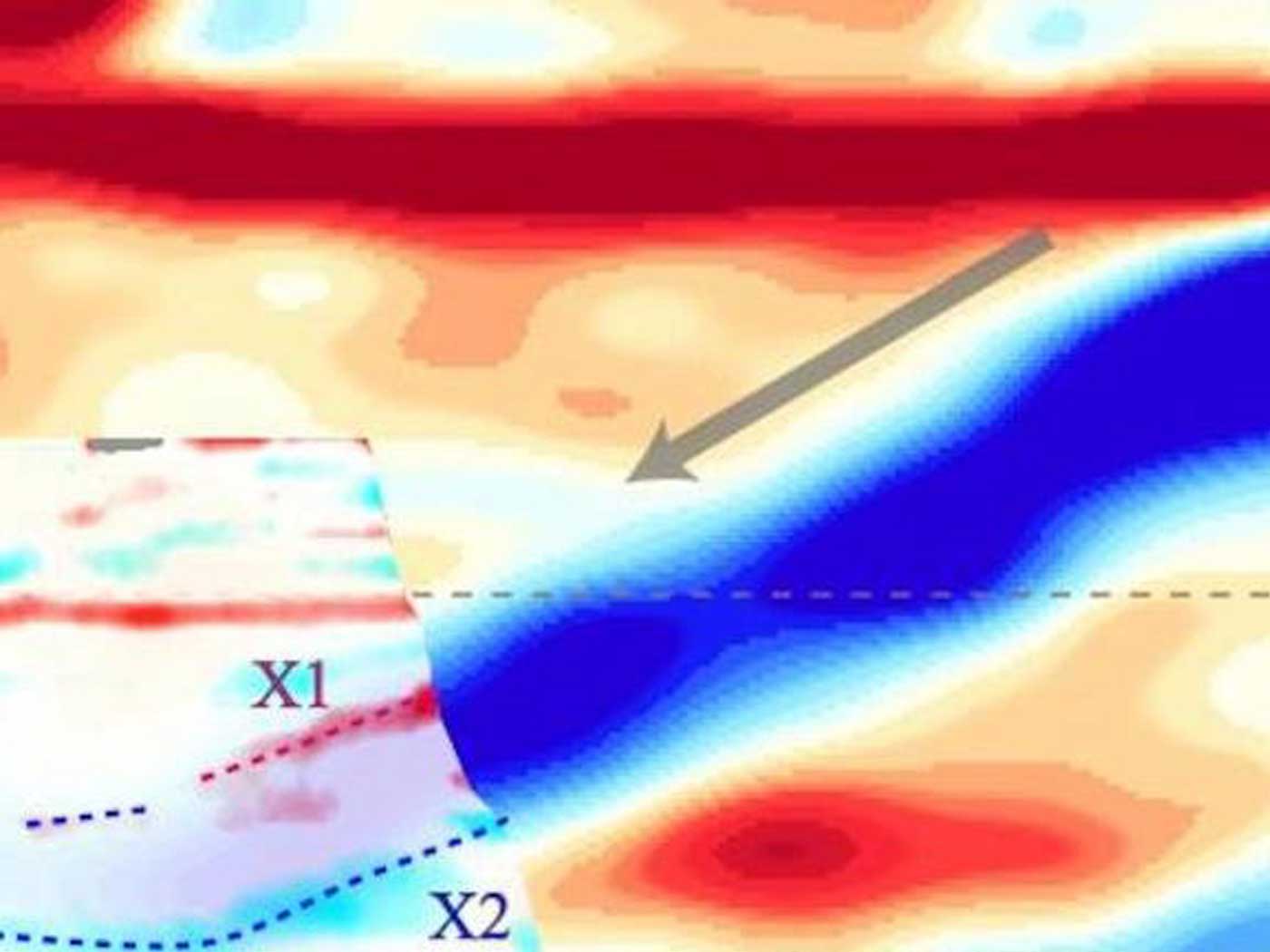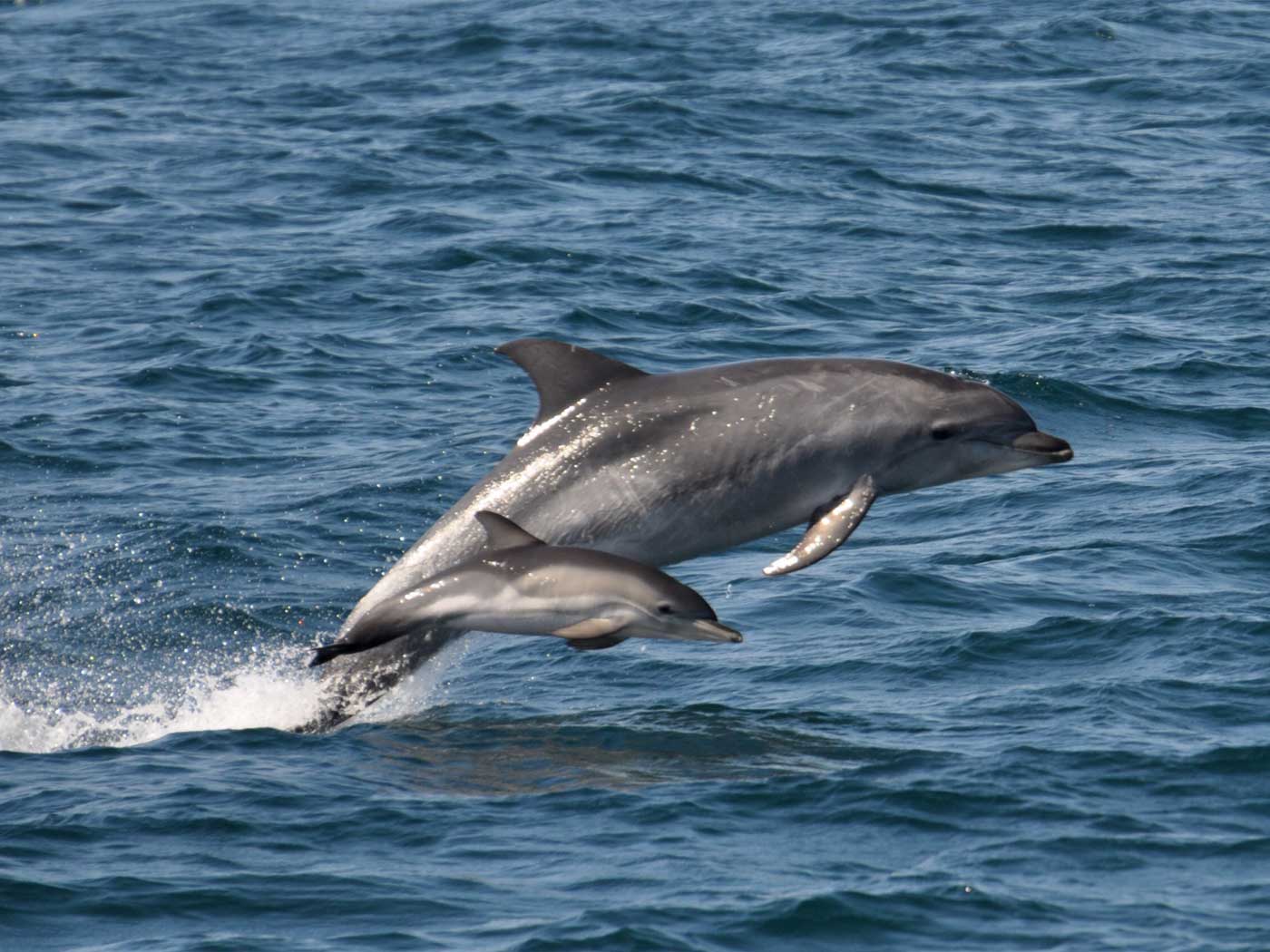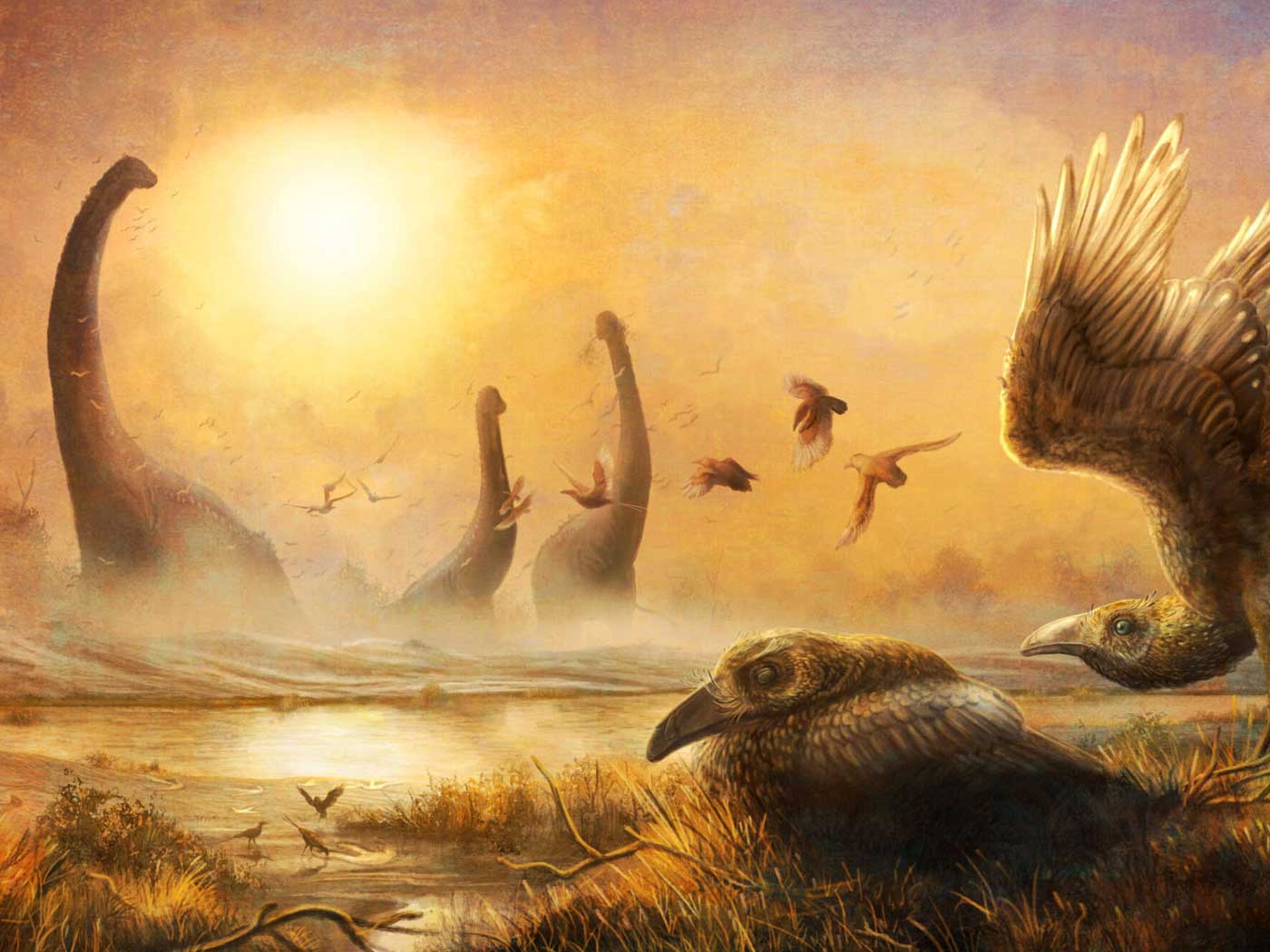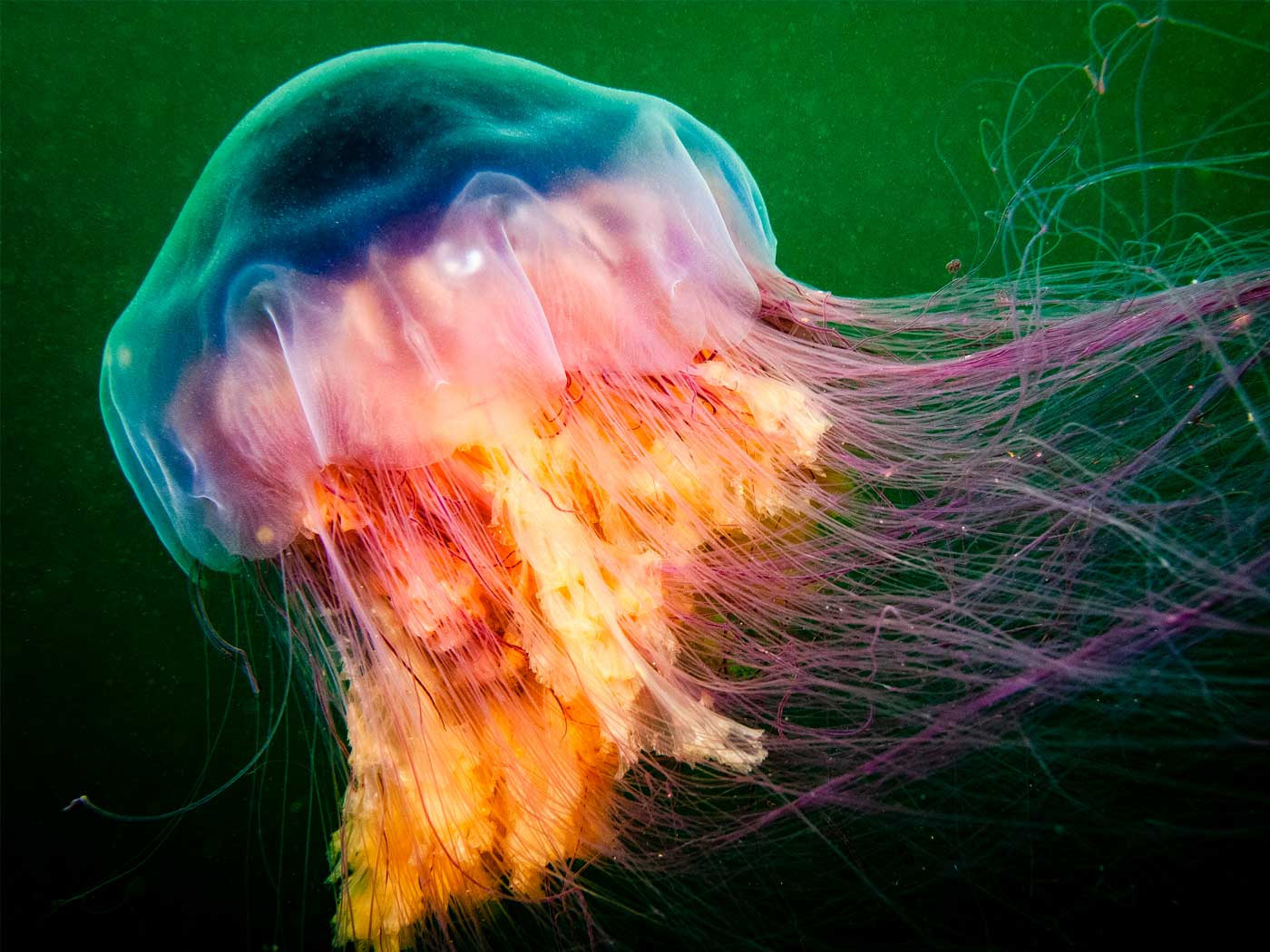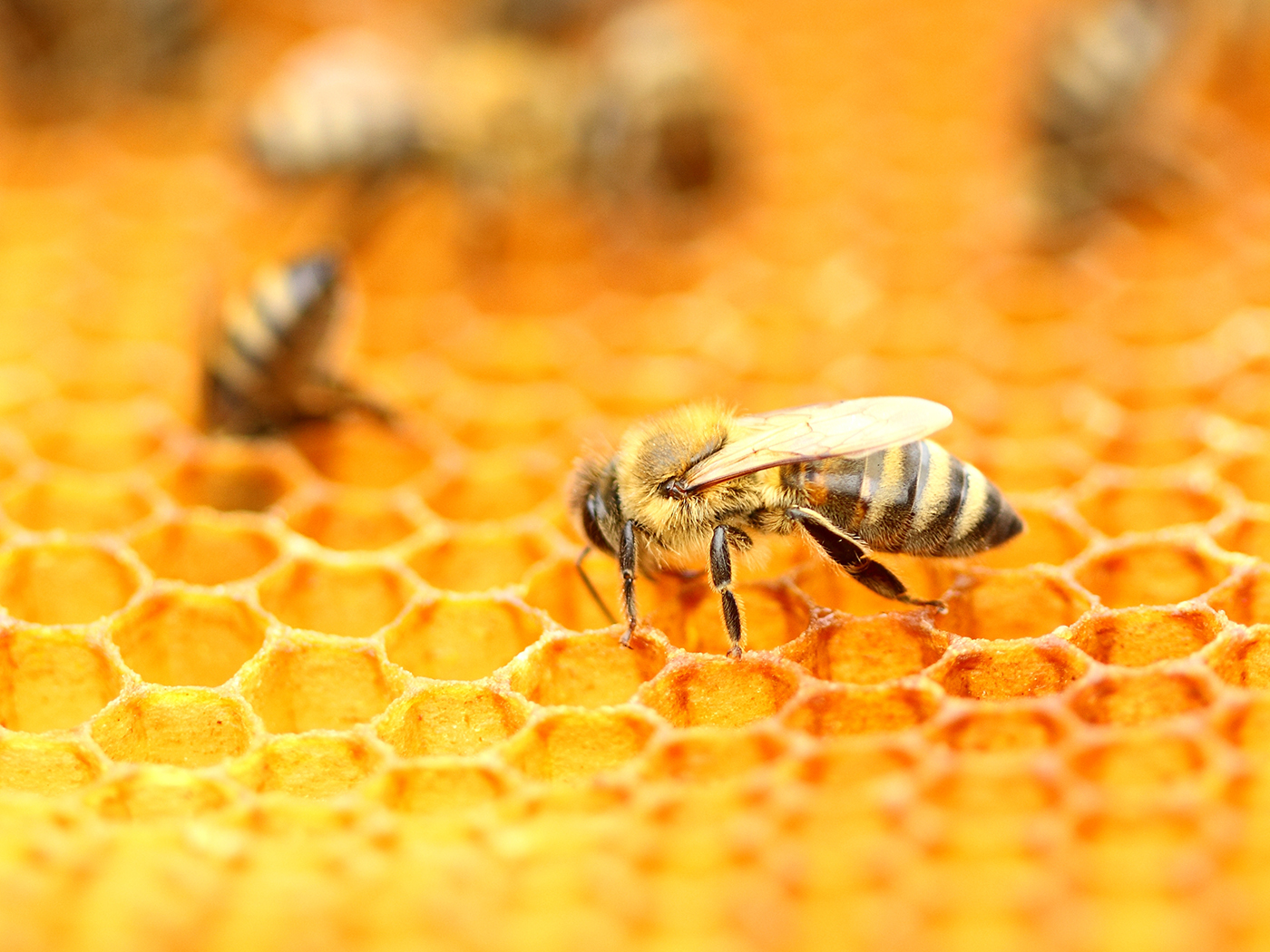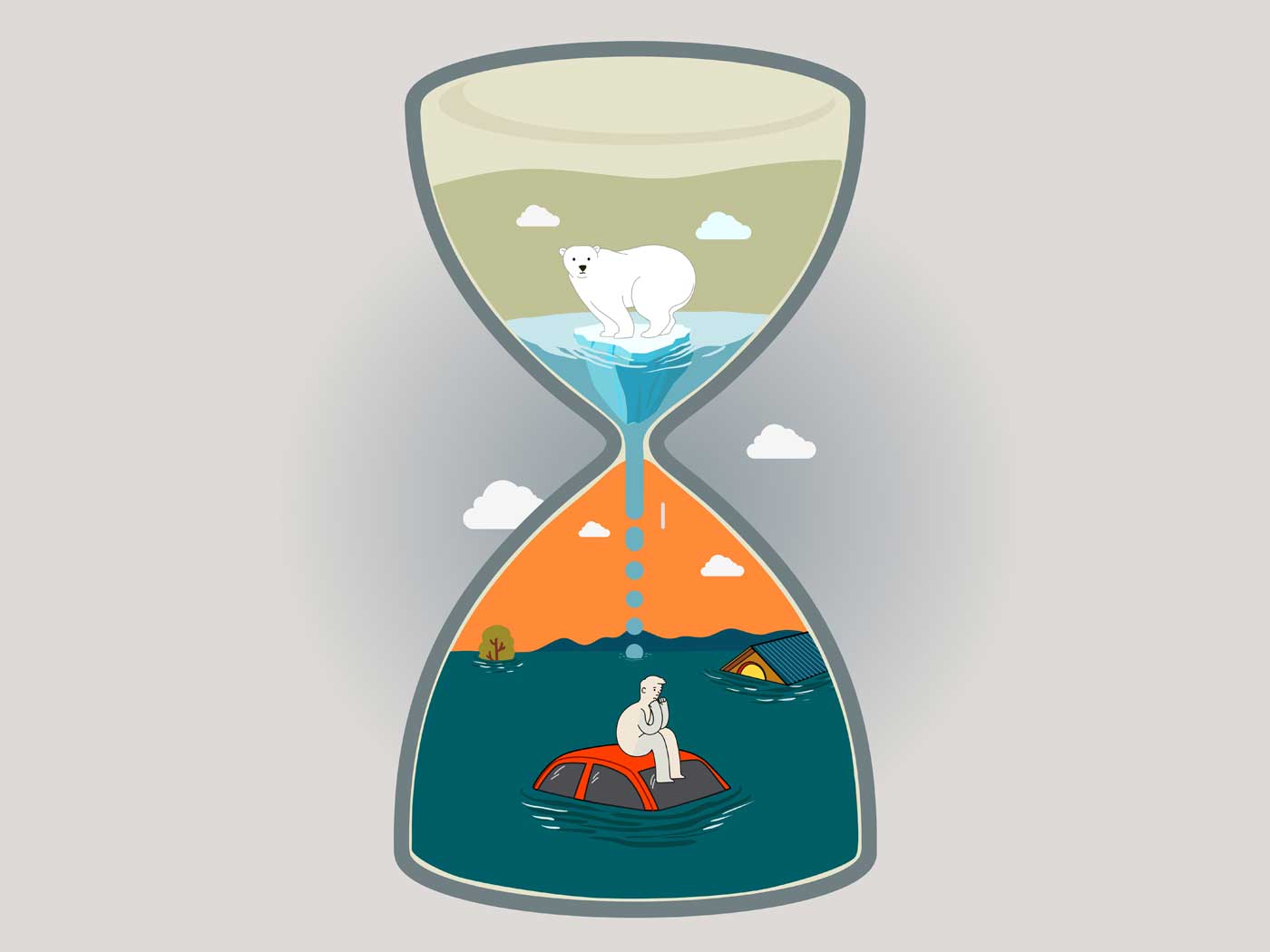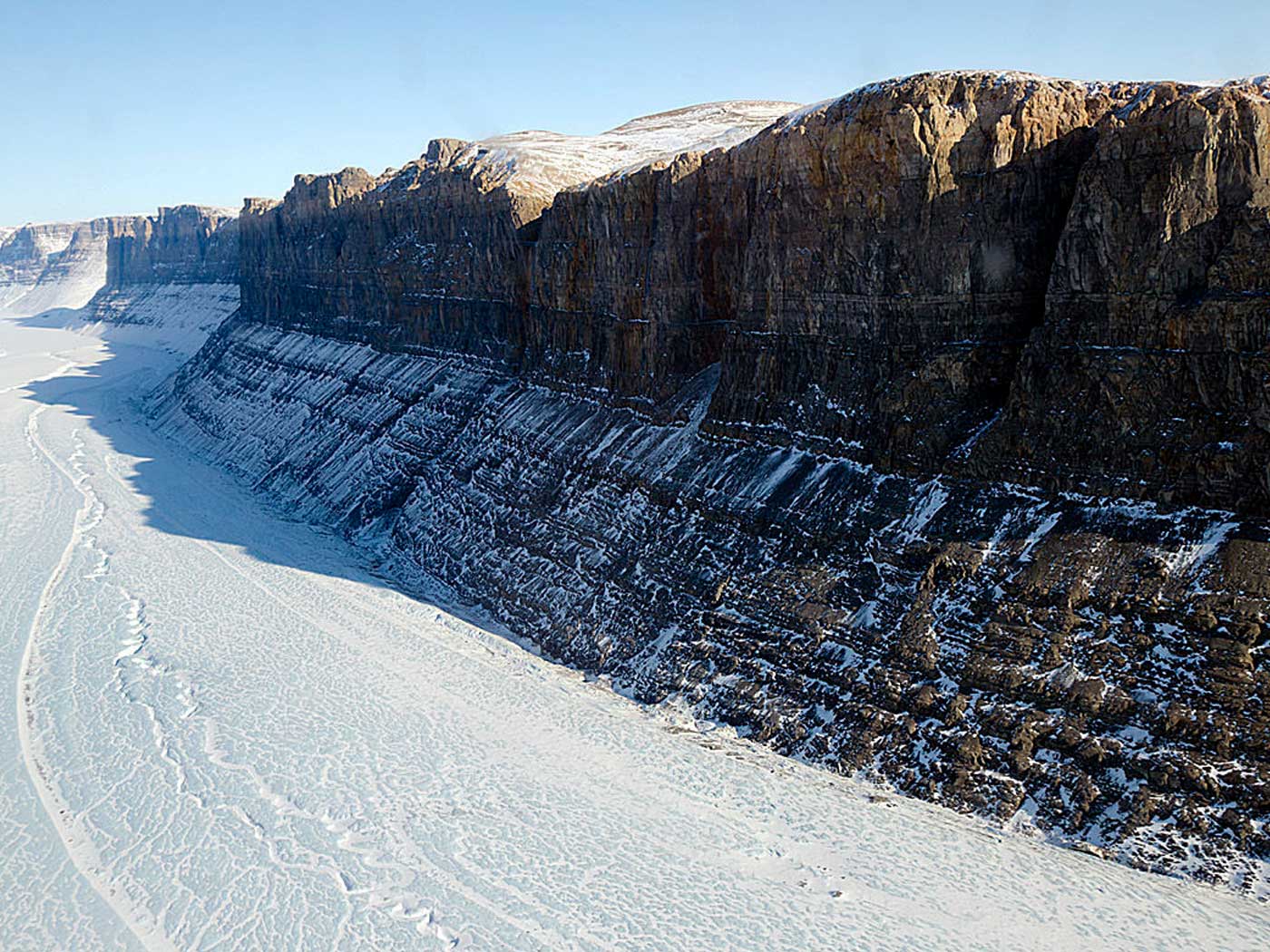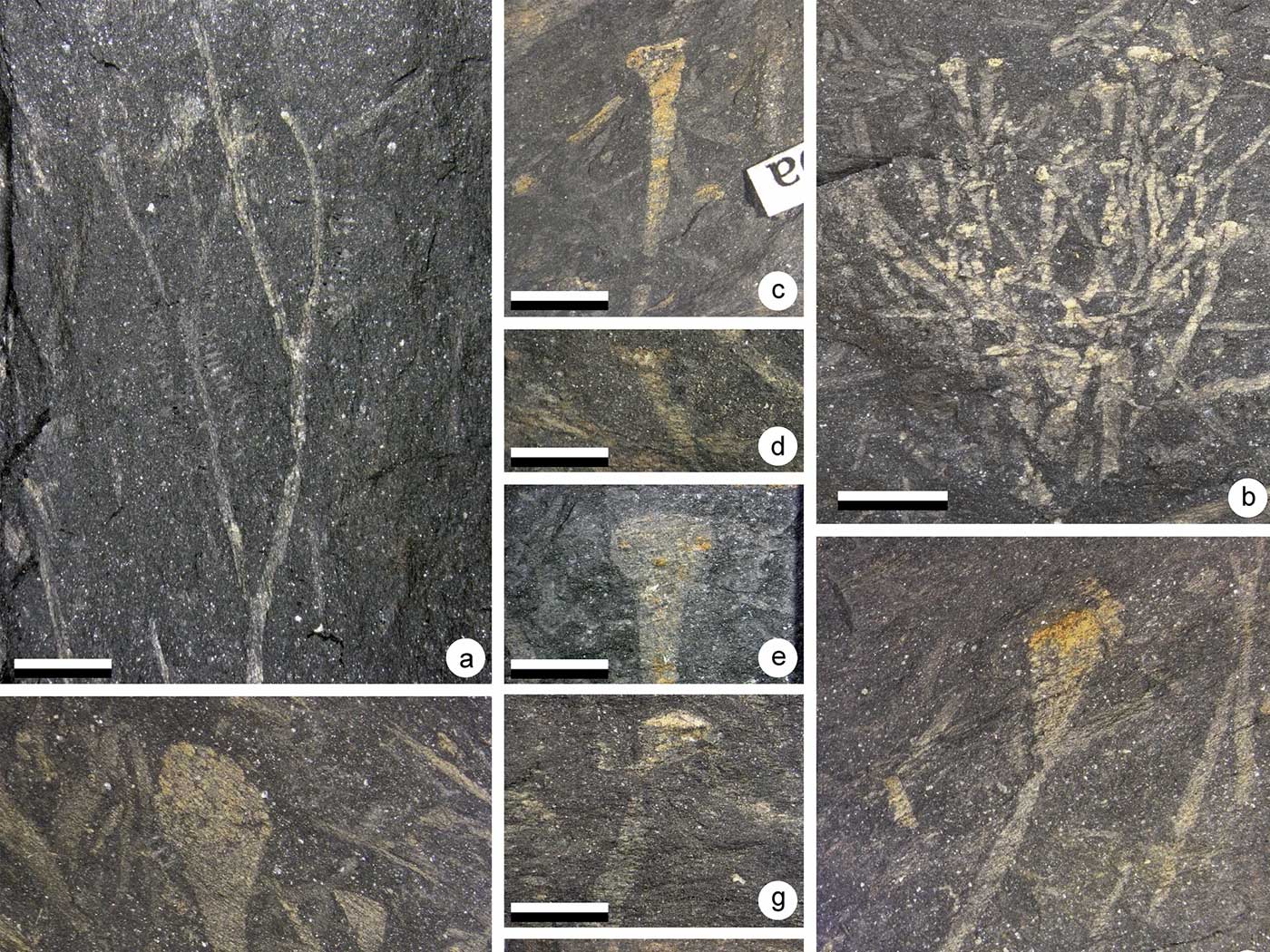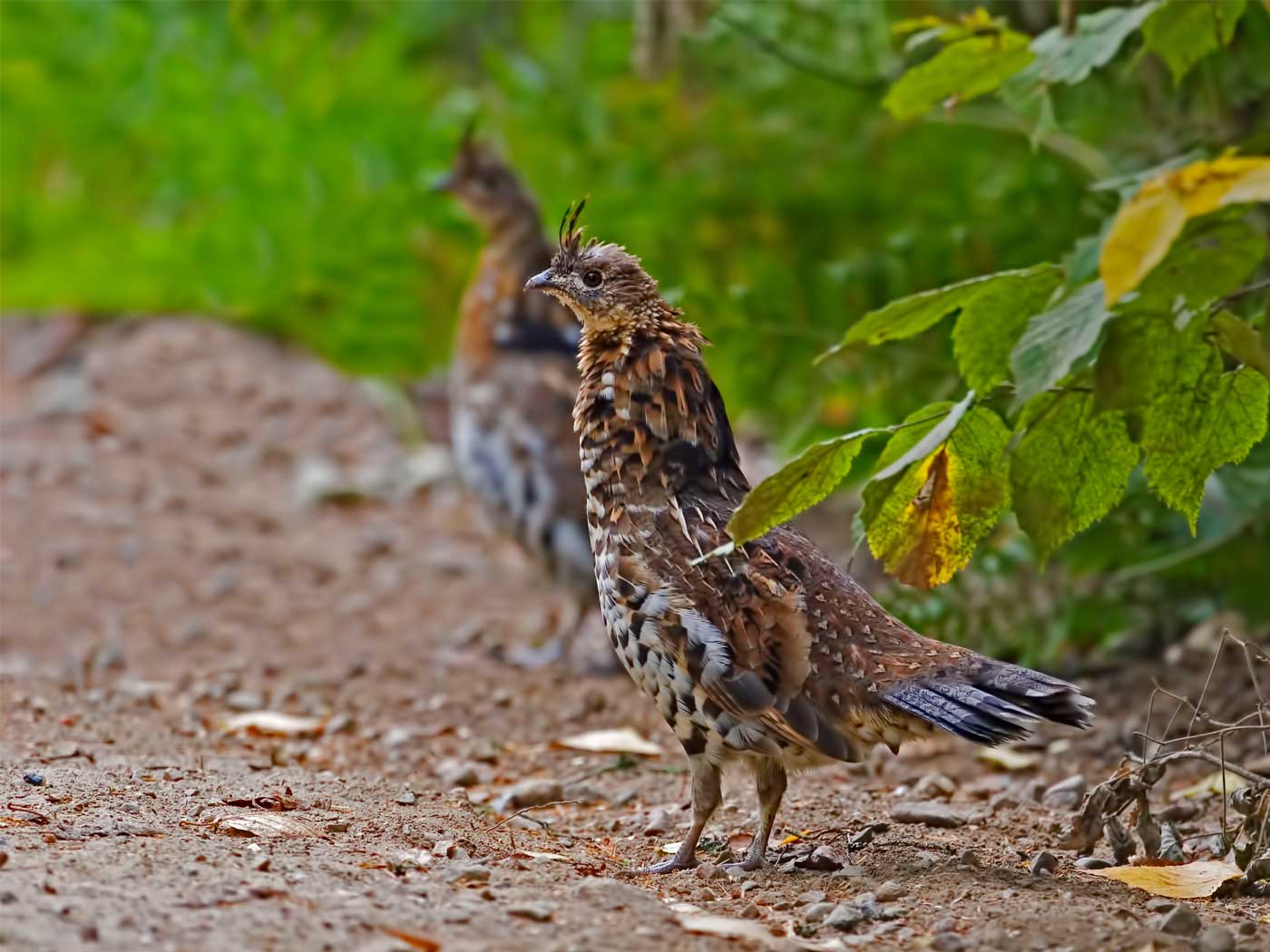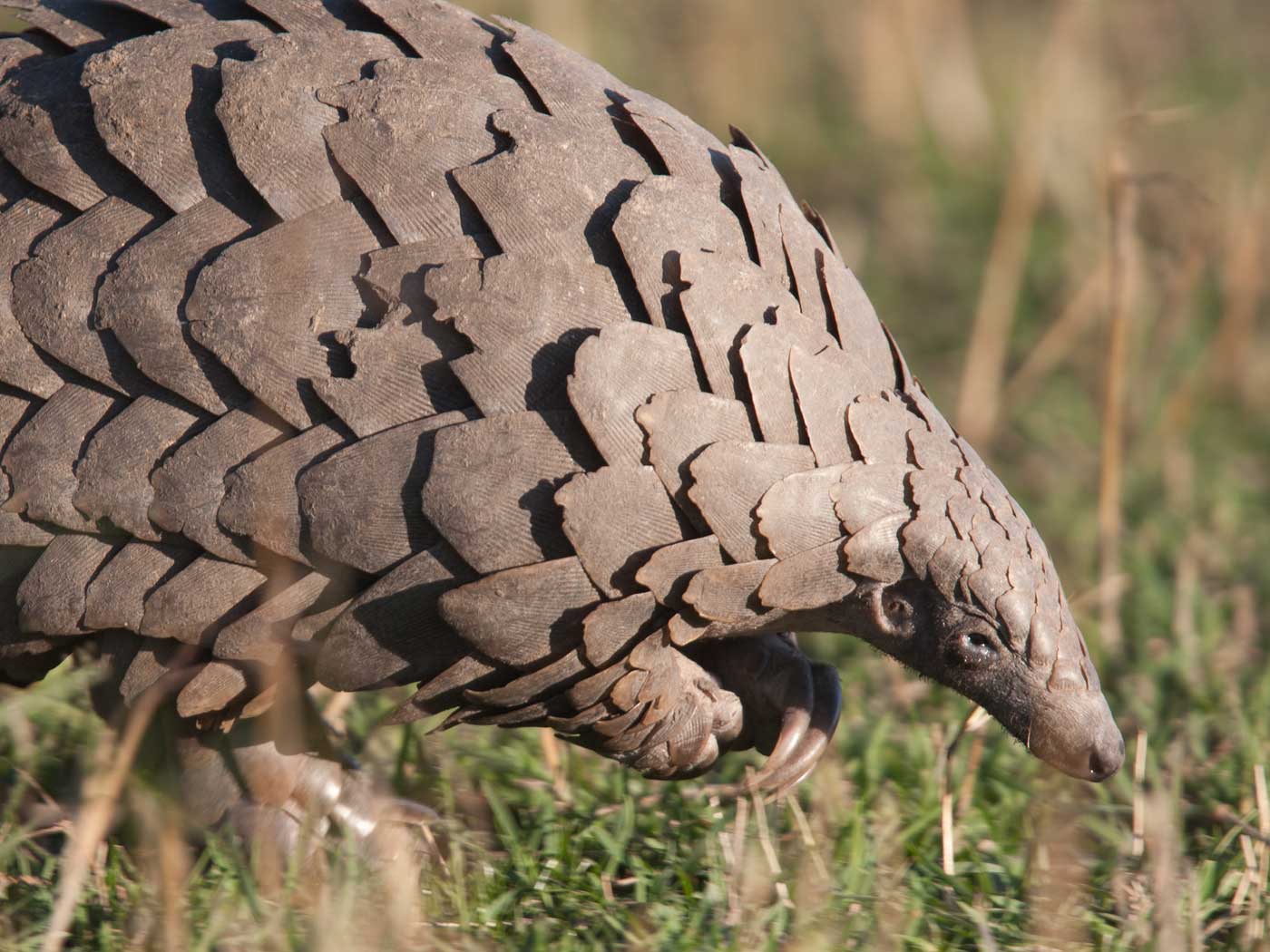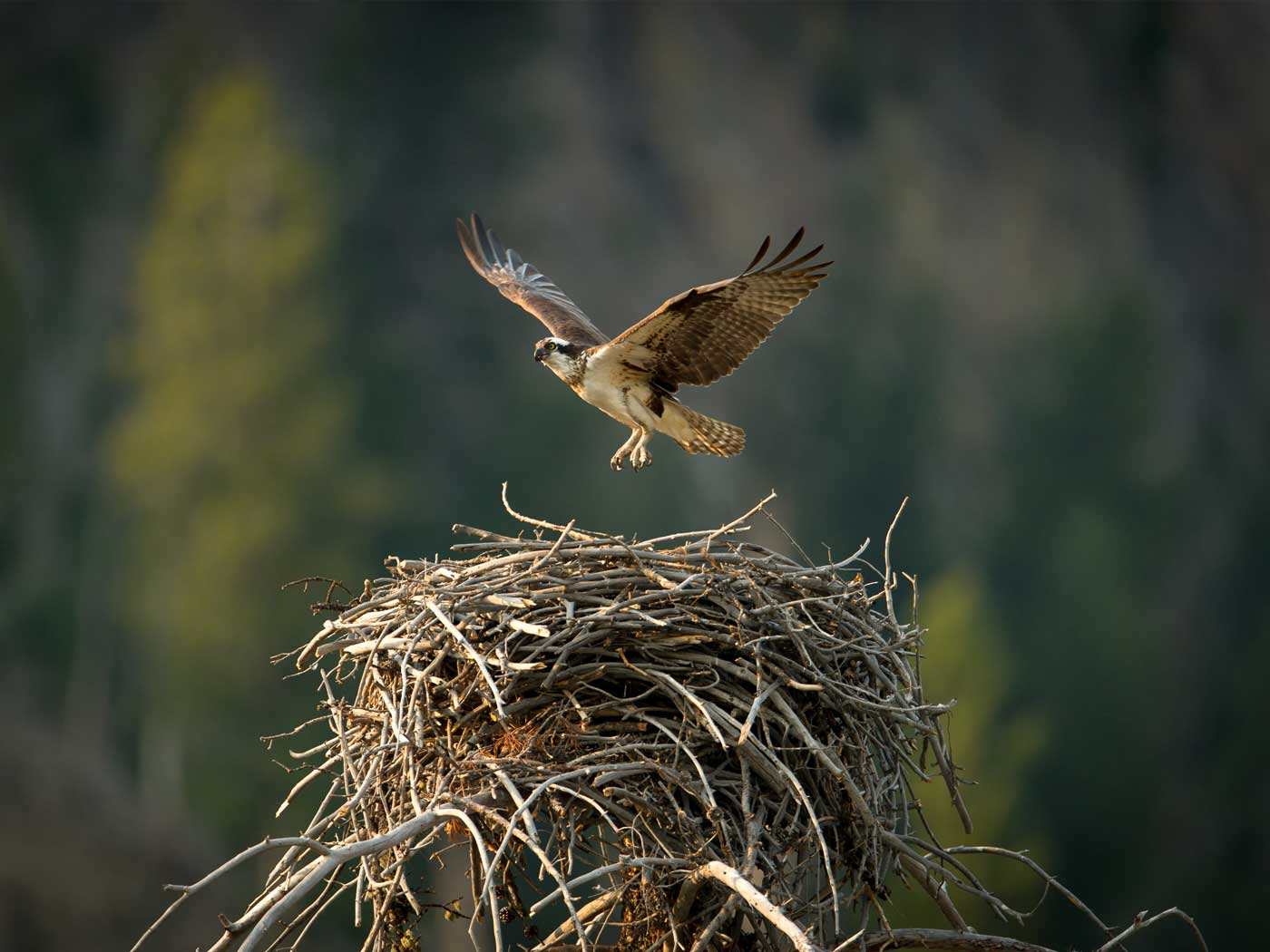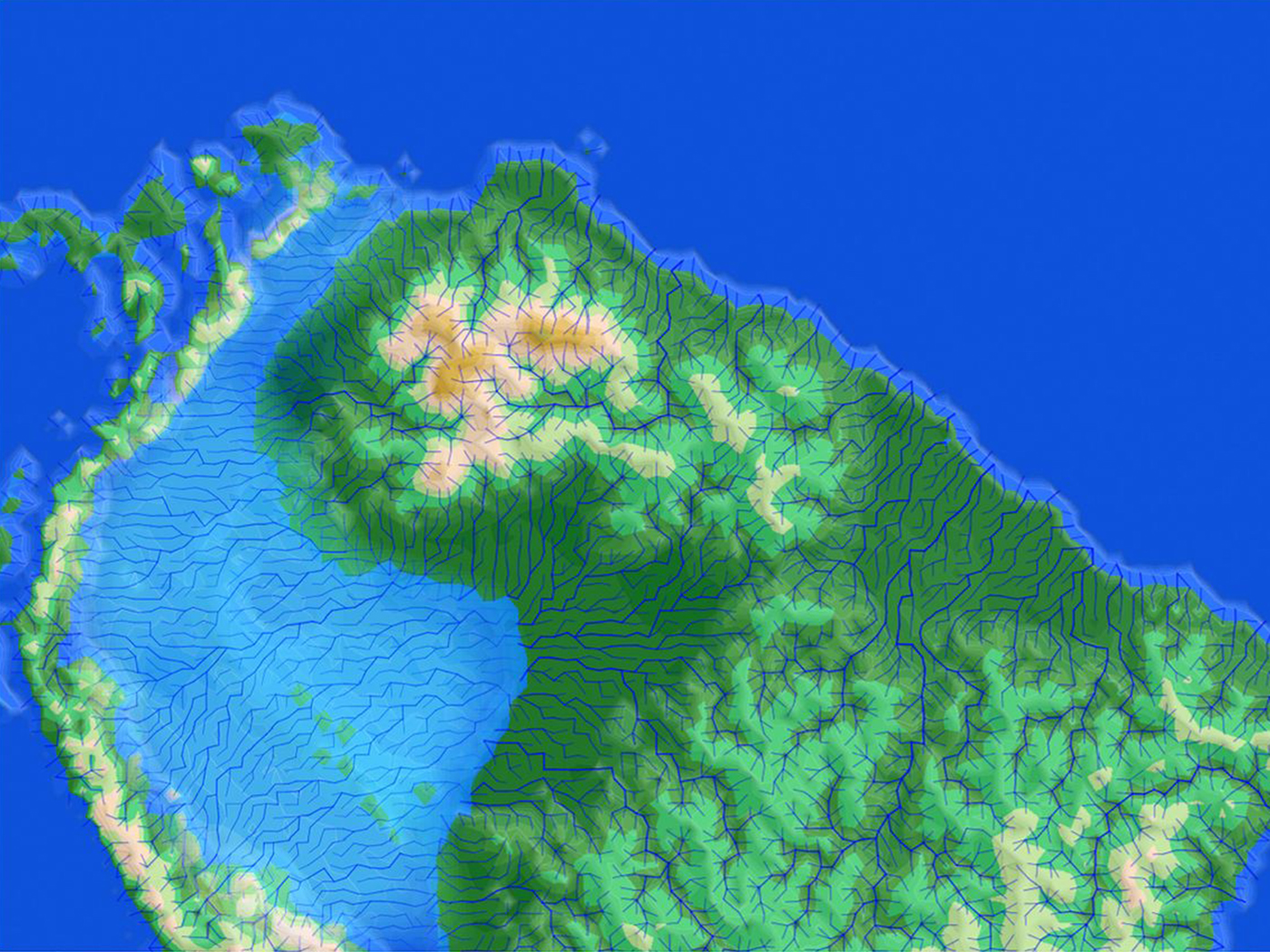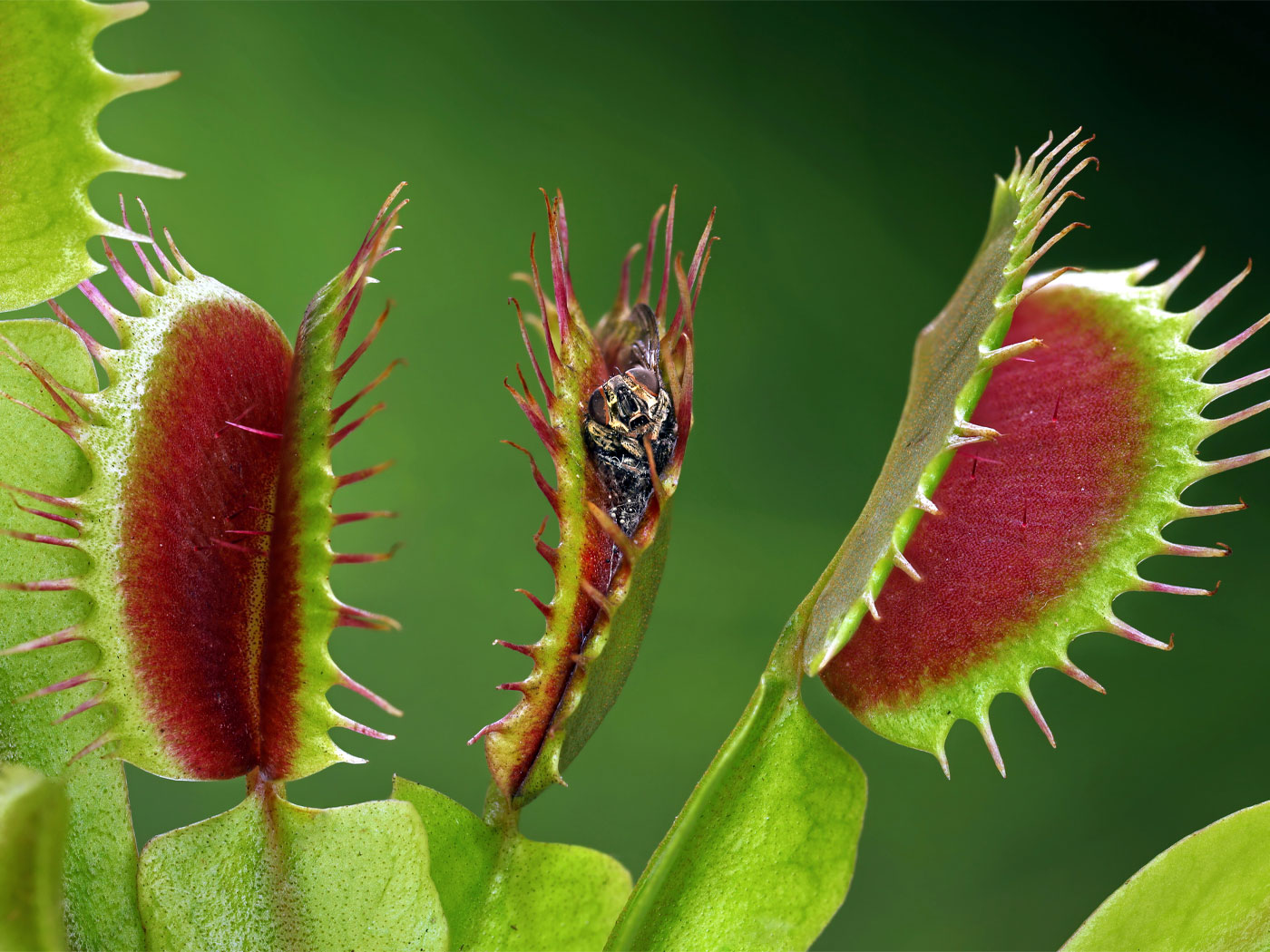Parasites are “nutritionally dependent upon the host for at least part of its life cycle” and often directly impinge “upon the biological fitness of the host.”1
Why do these scientists suspect the attached tubes were parasitic? Luke Strotz, from Northwest University in Xi’an, China, explained,
We took a whole bunch of measurements of the sizes of the shells of the brachiopods. Those that didn’t have tubes were larger overall. We also found that the orientation of the tubes all seemed to be consistent. The alignment of the tube preferentially aligns with the feeding intake of the brachiopods.3
The science team concluded that these worm-like creatures were likely kleptoparasites. These are animals that steal food from the host. In this case, the food was likely stolen before it was sucked in by the tentacles of the host brachiopod.
The science team believes that these are the oldest animal parasites ever discovered. Science writer Michael Marshall wrote,
“We’re documenting the oldest case of parasitism in the fossil record,” says Timothy Topper at Northwest University in Xi’an, China. The discovery suggests that the first parasites arose during an unprecedented evolutionary flowering.3
Arose during an episode of “unprecedented evolutionary flowering”? What they are really referring to is the sudden appearance of all sorts of marine animals in the global rock record at about the same time. Most refer to this as the Cambrian Explosion, which has continued to baffle paleontologists all the way back to the days of Charles Darwin.4 Today, no identifiable ancestors can be found in the fossil record for any of these fully-formed, fully-functioning animals. Nearly all animal phyla show up suddenly at about the same time across the globe. Why should parasites be any different? It’s as if they appeared from nowhere. “Evolutionary flowering” indeed. And secular scientists are no closer today to explaining the origins of any animals found in the Cambrian Explosion.4
There is a better explanation for these brachiopods and their apparent parasites. In a biblical worldview, some organisms acquired a parasitic lifestyle after the Fall and affected many animals. These brachiopods and parasites were simply buried in some of the first rock layers deposited by the global Flood, part of the lowermost Cambrian System. They were not the first or the last of their kind, just the first ones buried.
Stage image: Kleptoparasites attached to brachiopods.
Stage image credit: Zhifei Zhang (Northwest University). Copyright © 2020. Adapted for use in accordance with federal copyright (fair use doctrine) law. Usage by ICR does not imply endorsement of copyright holders.
References
1. Zhang, Z., et al. 2020. An encrusting kleptoparasite-host interaction from the early Cambrian. Nature Communications. 11: 2625.
2. Brachiopods are some of the most common shelled animals in the Paleozoic part (early Flood) of the fossil record. They differ from bivalves (mollusks) because they have two shells or valves of different sizes.
3. Marshall, M. Oldest known parasite is a worm-like animal from 512 million years ago. NewScientist. Posted on NewScientist.com June 2, 2020, accessed June 8, 2020.
4. Clarey, T. 2020. Carved in Stone. Dallas, TX: Institute for Creation Research, 104-107.
*Dr. Clarey is Research Associate at the Institute for Creation Research and earned his doctorate in geology from Western Michigan University.




